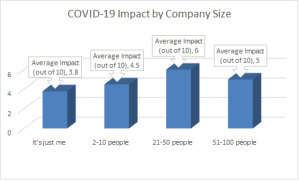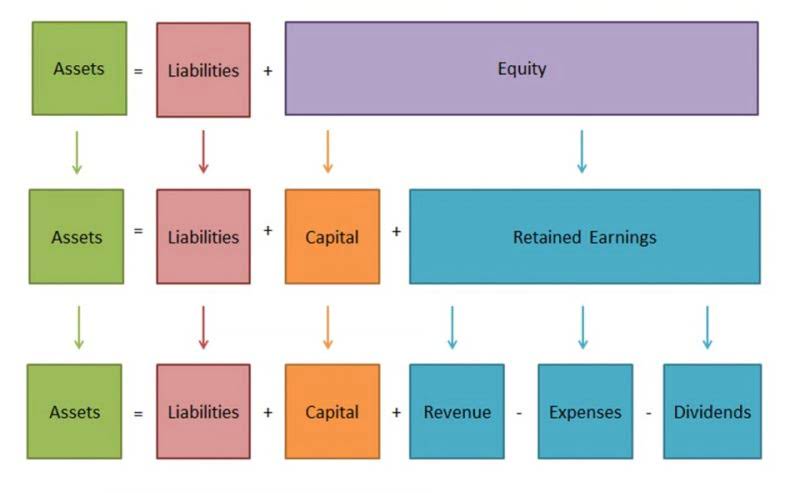
In this situation the owners drawings represent cash taken out of the business by way of salary. Correspondingly in a company, the payment of a dividend to the equity owners replaces drawings in the expanded accounting equation. In addition, retained earnings can be expanded to cumulative revenue less expenses less owners drawings. Consequently it is possible to restate the fully expanded accounting equation as follows. To further illustrate the analysis of transactions and their effects on the basic accounting equation, we will analyze the activities of Metro Courier, Inc., a fictitious corporation.

Part 2: Your Current Nest Egg
Almost all businesses use the double-entry accounting system because, truthfully, single-entry is outdated at this point. For example, if a business signs up for accounting software, it will automatically default to double-entry. The company also took out a $15,000 loan to pay for the delivery van.
To Ensure One Vote Per Person, Please Include the Following Info
It offers a quick, no-frills answer to keeping https://x.com/BooksTimeInc your assets versus liabilities in balance. The third part of the accounting equation is shareholder equity. The revenue a company shareholder can claim after debts have been paid is Shareholder Equity. Obligations owed to other companies and people are considered liabilities and can be categorized as current and long-term liabilities. There are different categories of business assets including long-term assets, capital assets, investments and tangible assets.
- As we have seen in the example above, the $50,000 of cash which the owner injects into business becomes the assets of $50,00.
- This can lead to inaccurate reporting of financial statements and incorrect decisions made by management regarding money and investment opportunities.
- In the same fashion our examples section sets out typical double entry bookkeeping transactions and show how each transaction affects the accounting formula.
- Additionally on the other side is the funding for the asset in this case credit from a supplier (what the business owes).
- Cash (asset) will reduce by $10 due to Anushka using the cash belonging to the business to pay for her own personal expense.
Equity
- Think of retained earnings as savings, since it represents the total profits that have been saved and put aside (or “retained”) for future use.
- A liability is an obligation to pay based on whatever terms were decided between the company and the lender.
- The major and often largest value assets of most companies are that company’s machinery, buildings, and property.
- Net Assets is the term used to describe Assets minus Liabilities.
- It is usually considered the most fundamental concept in the accounting system.
- In accounting, the claims of creditors are referred to as liabilities and the claims of owner are referred to as owner’s equity.
They include cash on hand, cash at banks, investment, inventory, accounts receivable, prepaid, advance, fixed assets, etc. On the other hand, double-entry accounting records transactions in a way that demonstrates how profitable a company is becoming. Investors are interested in a business’s cash flow compared to its https://www.bookstime.com/articles/intangible-assets liability, which reflects current debts and bills. The accounting equation is important because it allows the business or entity to correctly record transactions and, therefore, maintain their financial statements.
Fact Checked
The only equity is Sam’s capital (i.e., owner’s equity amounting to $100,000). Equity represents the portion of company assets that shareholders or partners own. In other words, the shareholders or partners own the remainder of assets once all of the liabilities are paid off. Receivables arise when a company provides a service or sells a product to someone on credit. During the month of February, Metro Corporation earned a total of $50,000 in revenue from clients who paid cash.
- Thus, the accounting equation is an essential step in determining company profitability.
- Assets typically hold positive economic value and can be liquified (turned into cash) in the future.
- On 5 January, Sam purchases merchandise for $20,000 on credit.
- The total dollar amounts of two sides of accounting equation are always equal because they represent two different views of the same thing.
- Using Apple’s 2023 earnings report, we can find all the information we need for the accounting equation.
Double Entry Bookkeeping

While the basic accounting equation’s main goal is to show the financial position of the business. Since the balance sheet is founded on the principles of the accounting equation, this equation can also be said to be responsible for estimating the net worth of an entire company. The fundamental components of the accounting equation include the calculation of both company holdings and company debts; thus, it allows owners to gauge the total value of a firm’s assets. The income and retained earnings of the accounting equation is also an essential component in computing, understanding, and analyzing a firm’s income statement. This statement reflects profits and losses that are themselves determined by the calculations that make up the basic accounting equation.
It’s the same as the bank giving you a 100% mortgage (liability) for a house purchase. You have no equity in the house, the bank essentially owns all of it until you start to make payments. The florist shop purchases a delivery van the basic accounting equation is: for use in delivering flowers to customers. It purchased the van for a cash down payment of $5,000 and took out a loan for $15,000.

On 2 January, Mr. Sam purchases a building for $50,000 for use in the business. The impact of this transaction is a decrease in an asset (i.e., cash) and an addition of another asset (i.e., building). At this time, there is external equity or liability in Sam Enterprise.
The remainder is the shareholders’ equity, which would be returned to them. In other words, the total amount of all assets will always equal the sum of liabilities and shareholders’ equity. In Double-Entry Accounting, there are at least two sides to every financial transaction. Every accounting entry has an opposite corresponding entry in a different account. This principle ensures that the Accounting Equation stays balanced.
